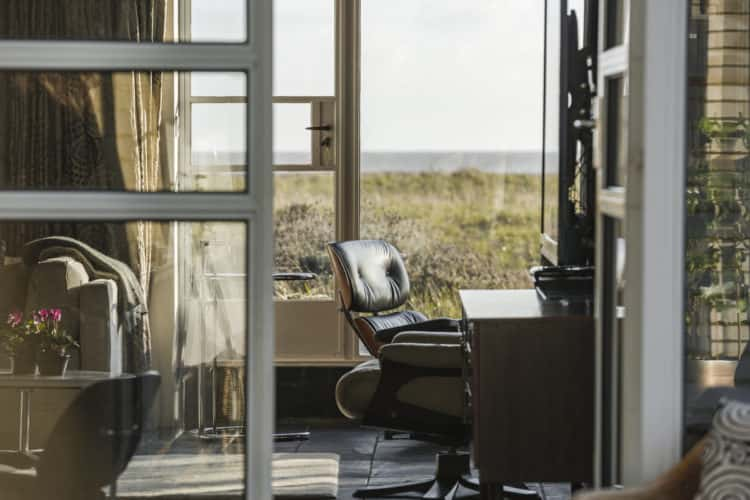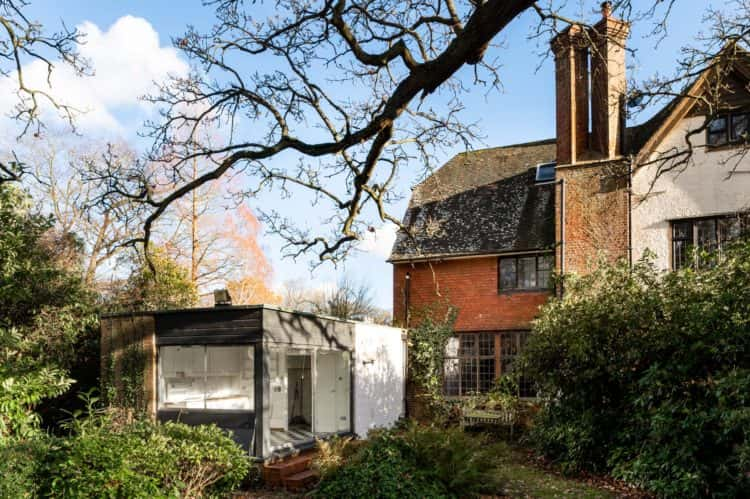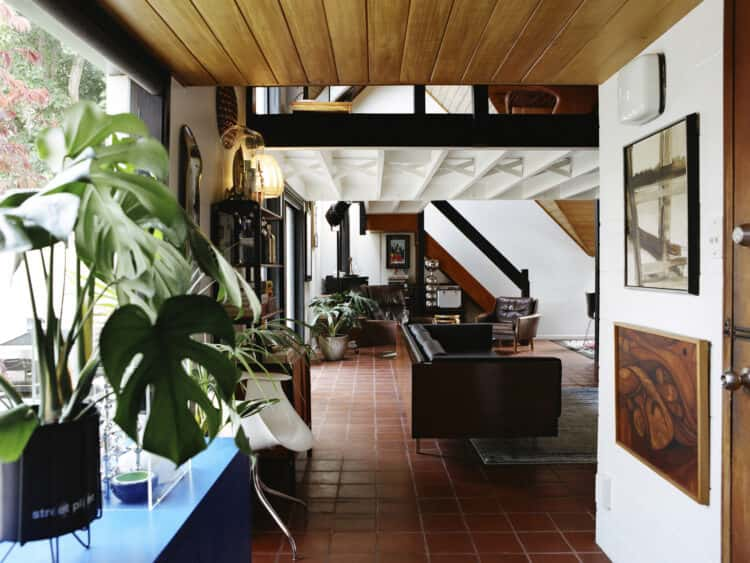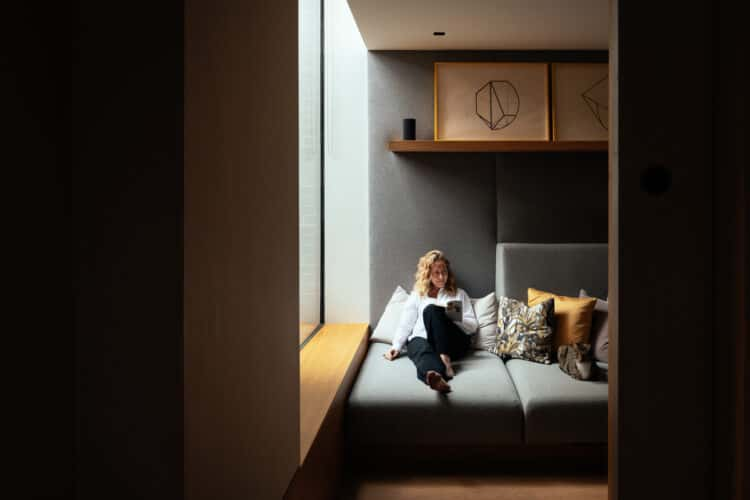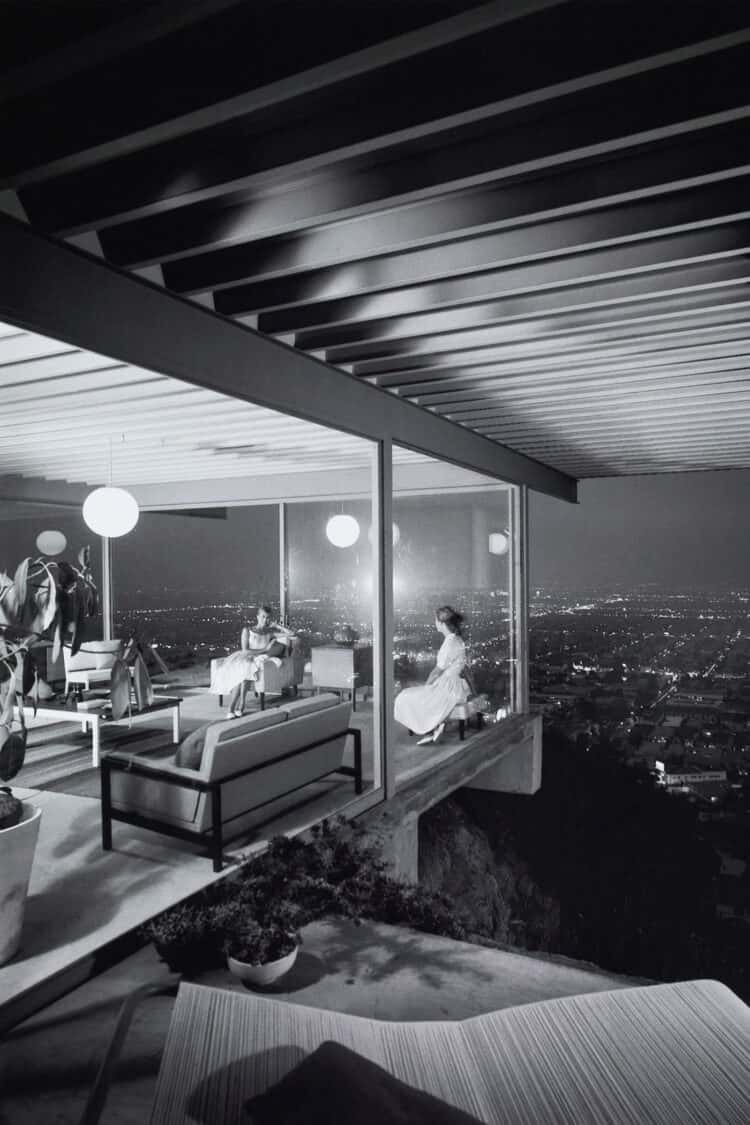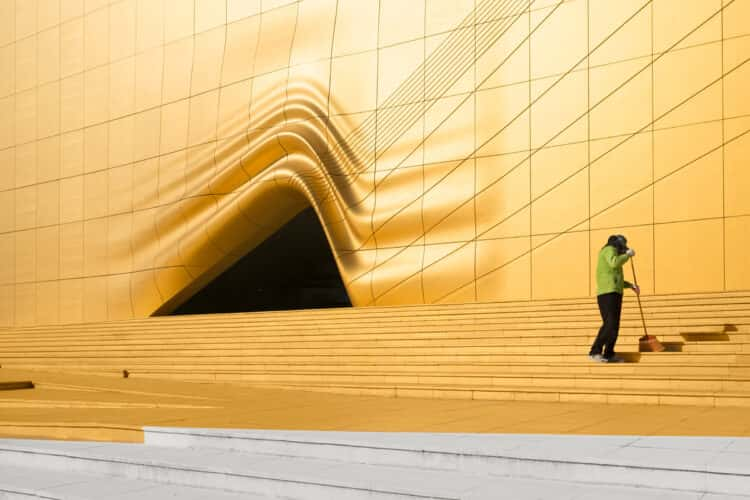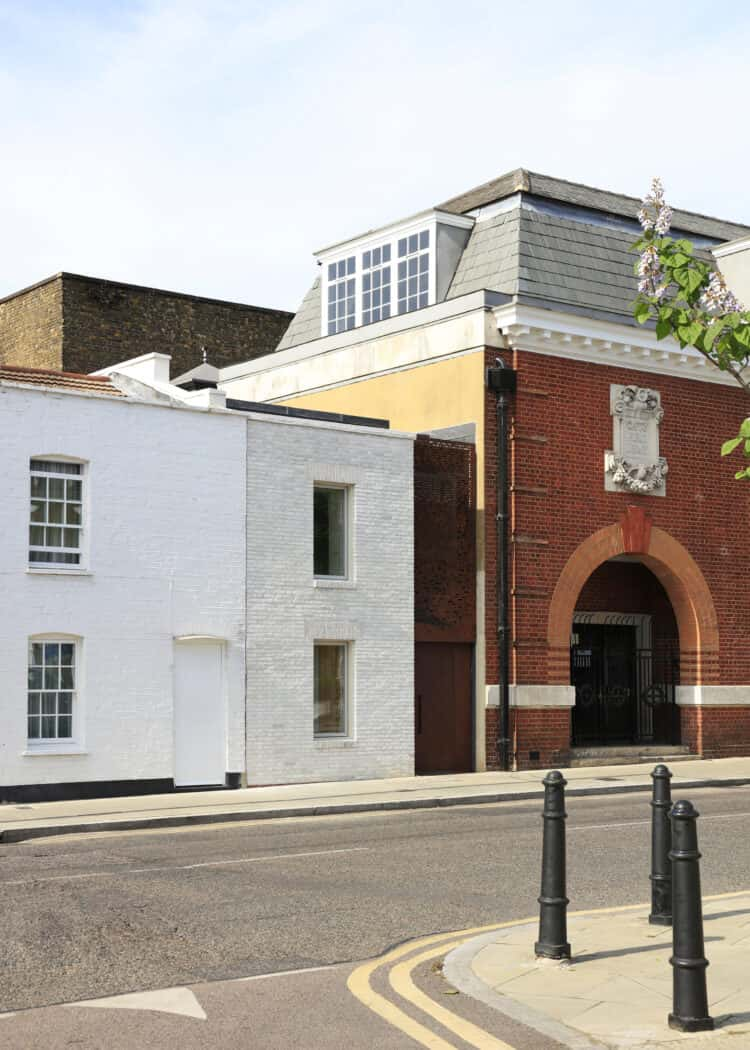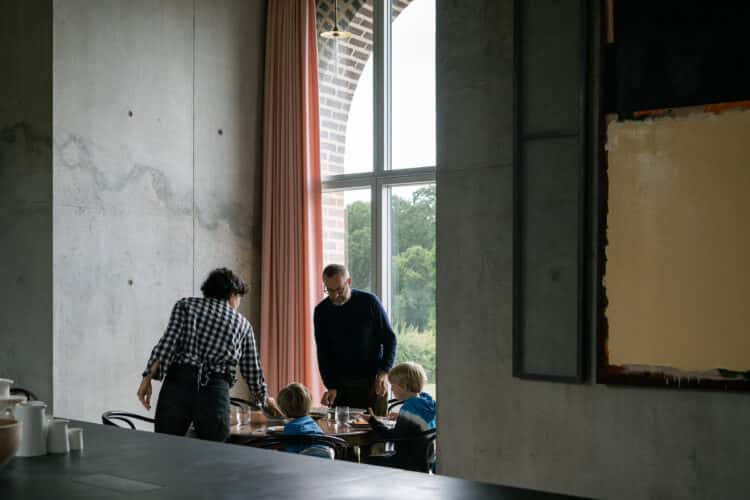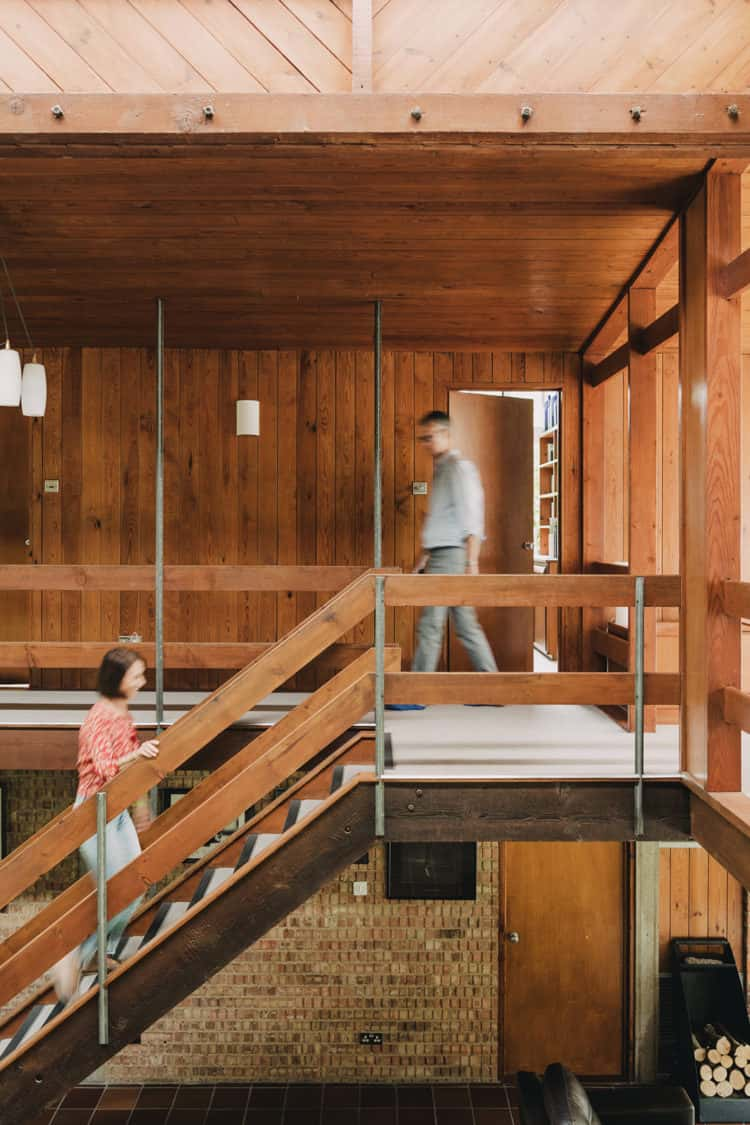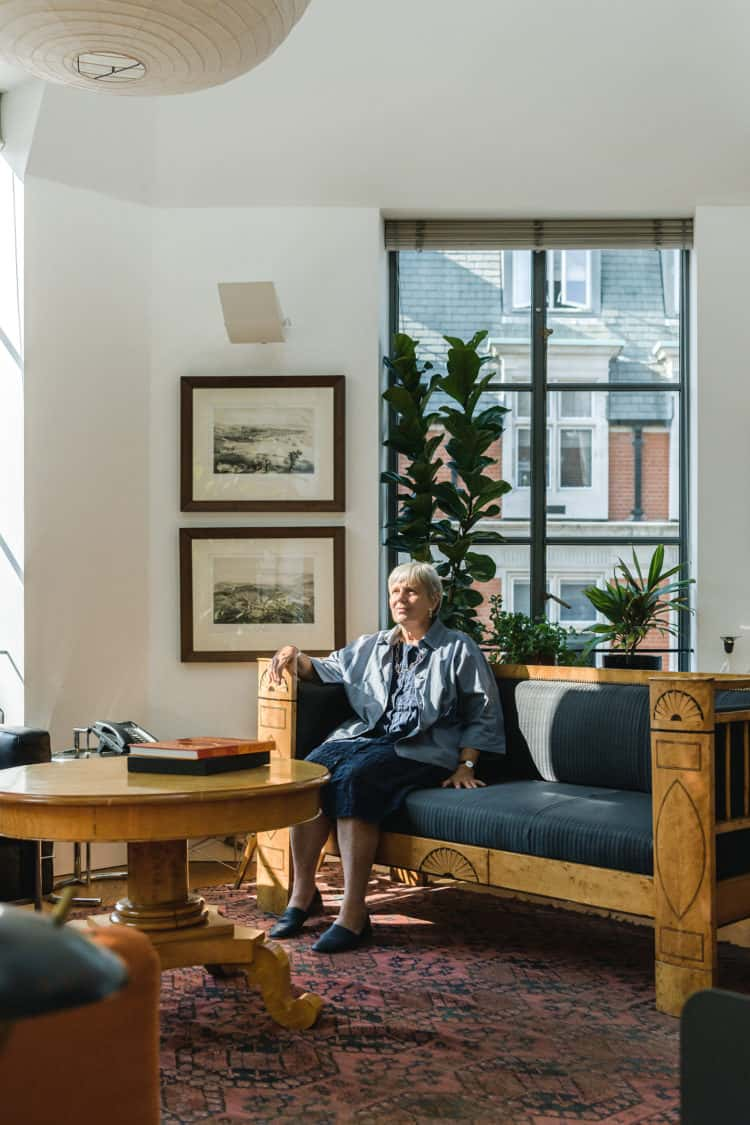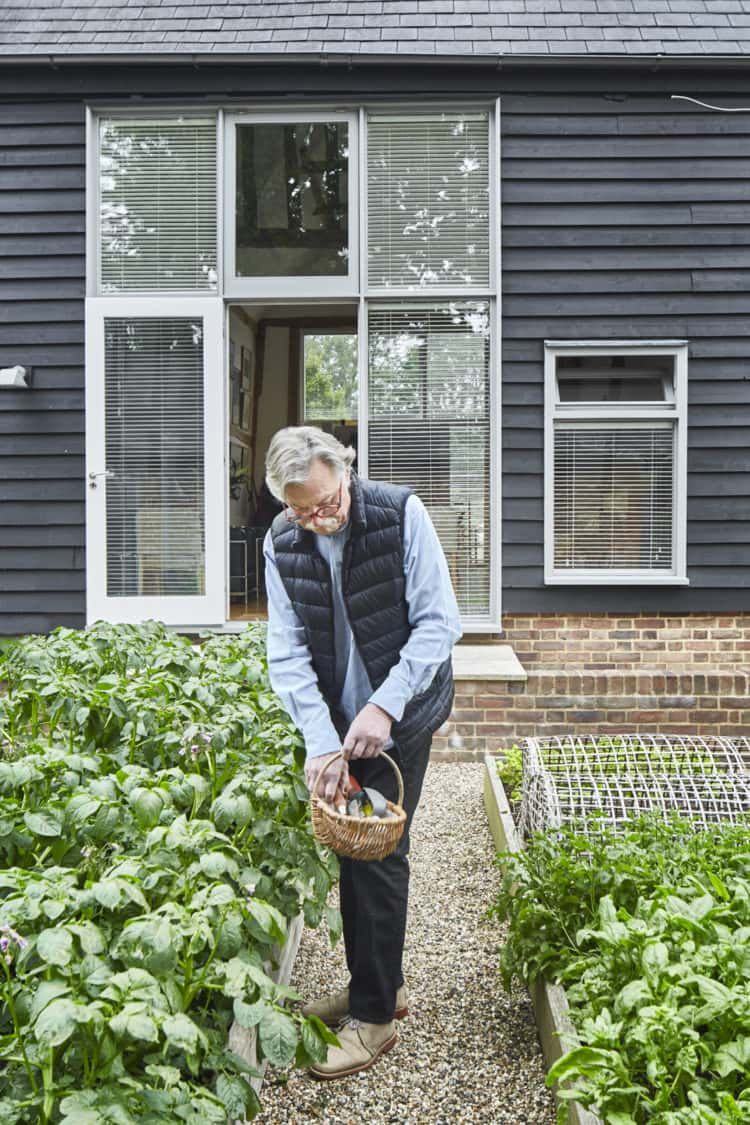Open House: Anne and Bruce Page on the brilliant simplicity of their 1970s home by the sea at Shingle Street, Suffolk
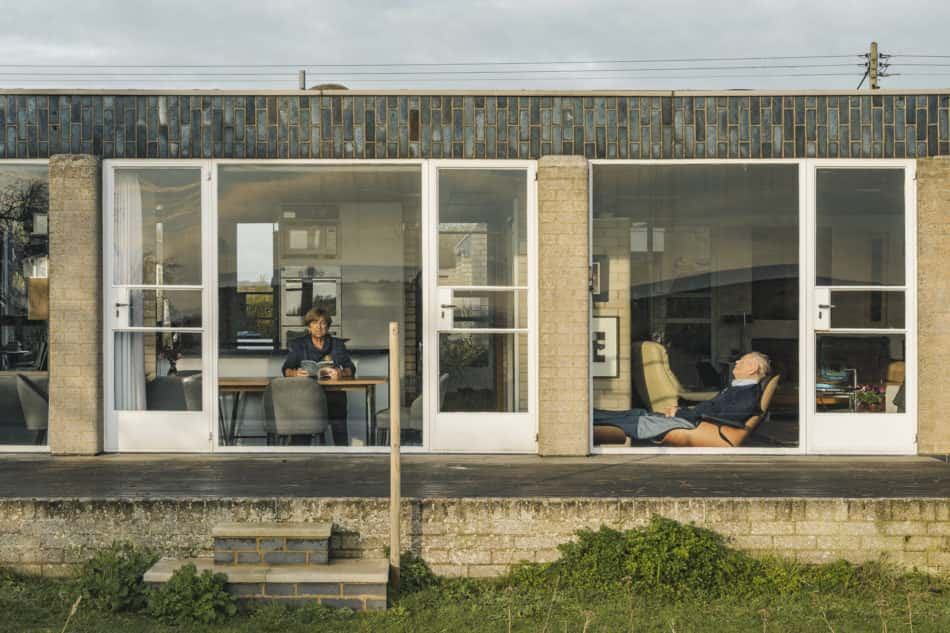
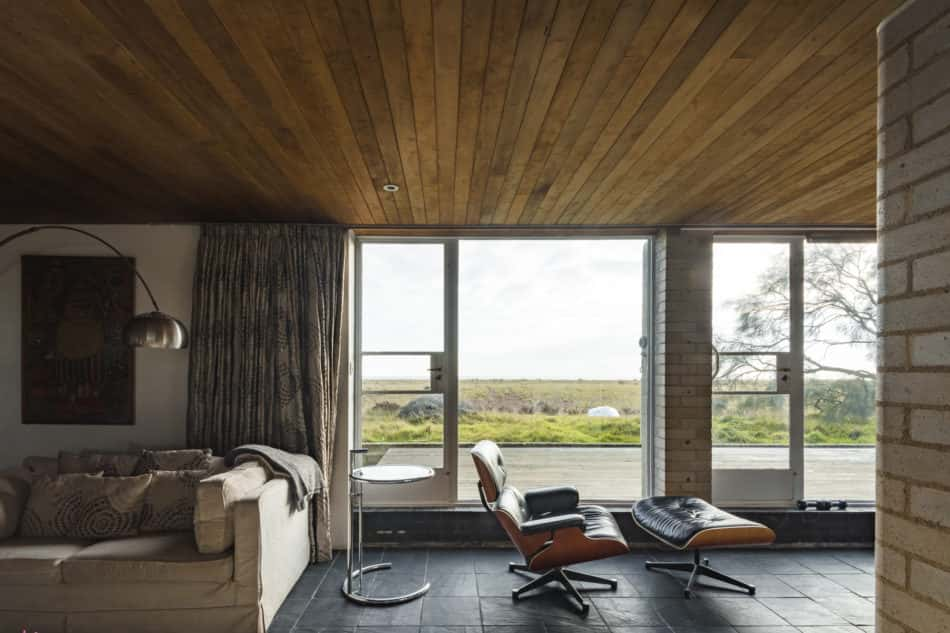
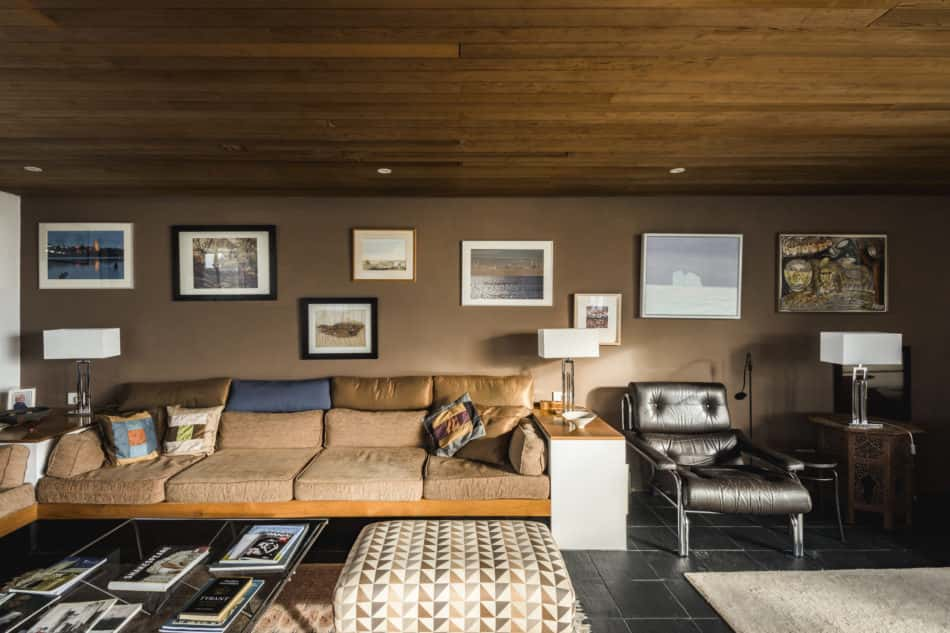
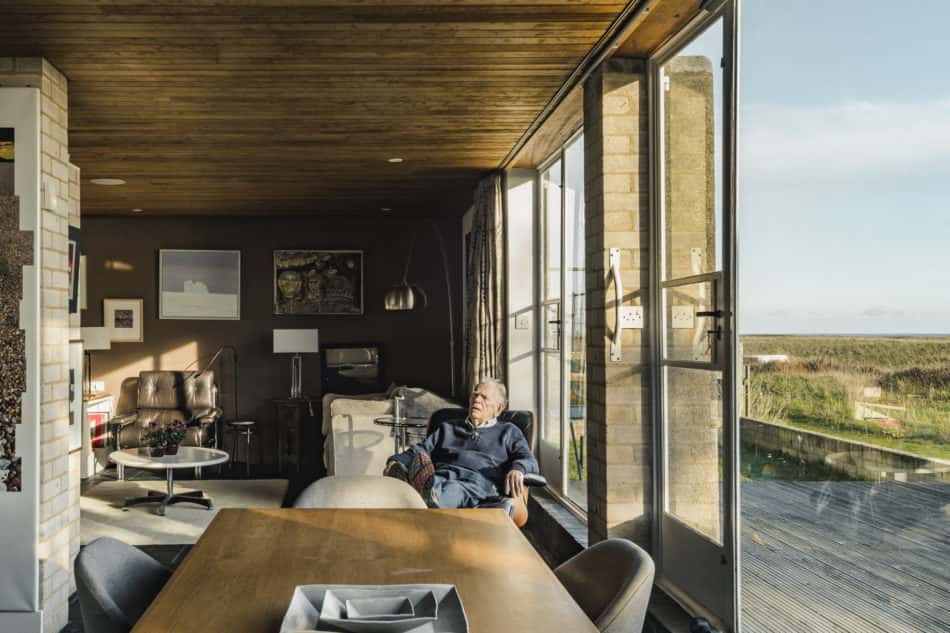
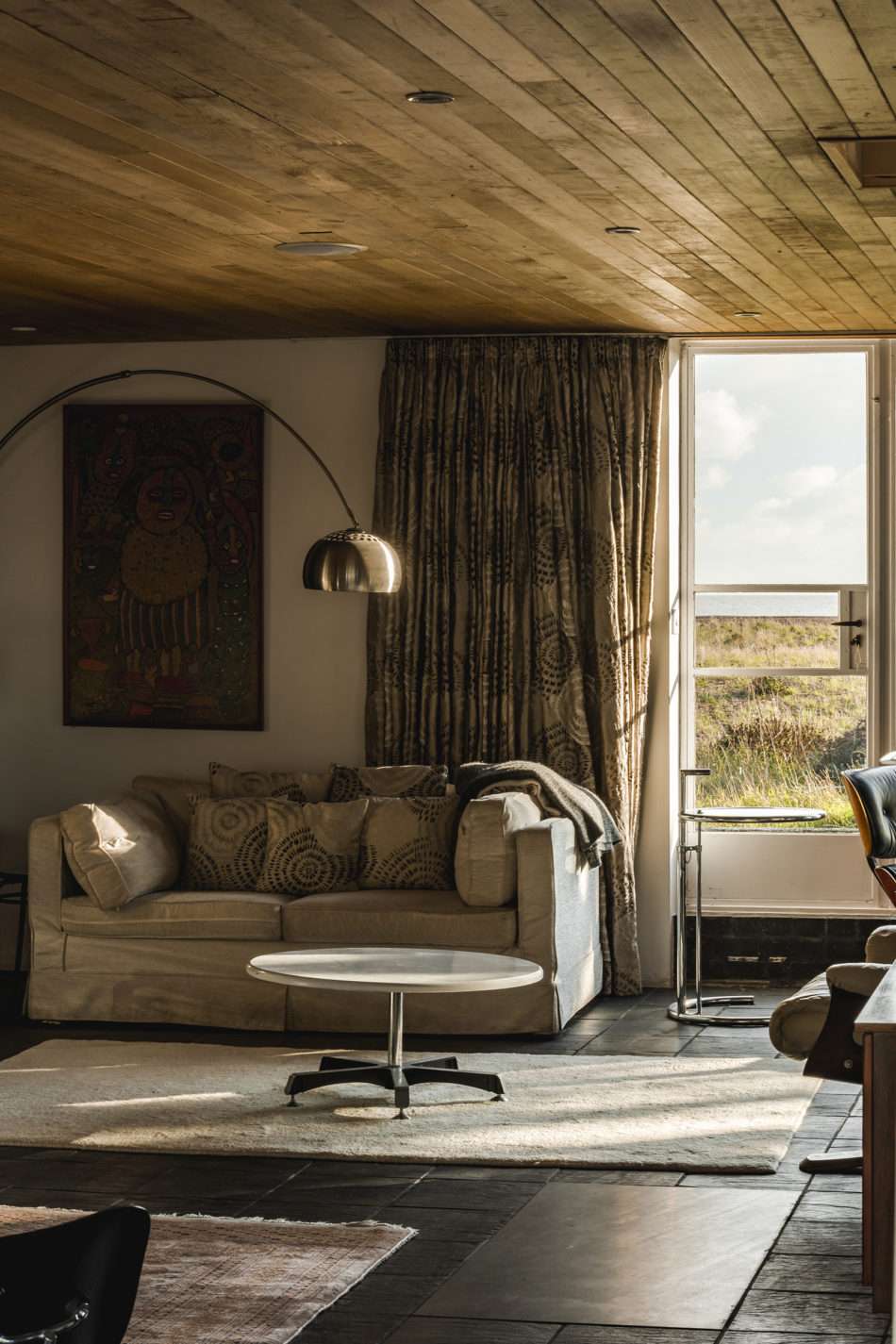
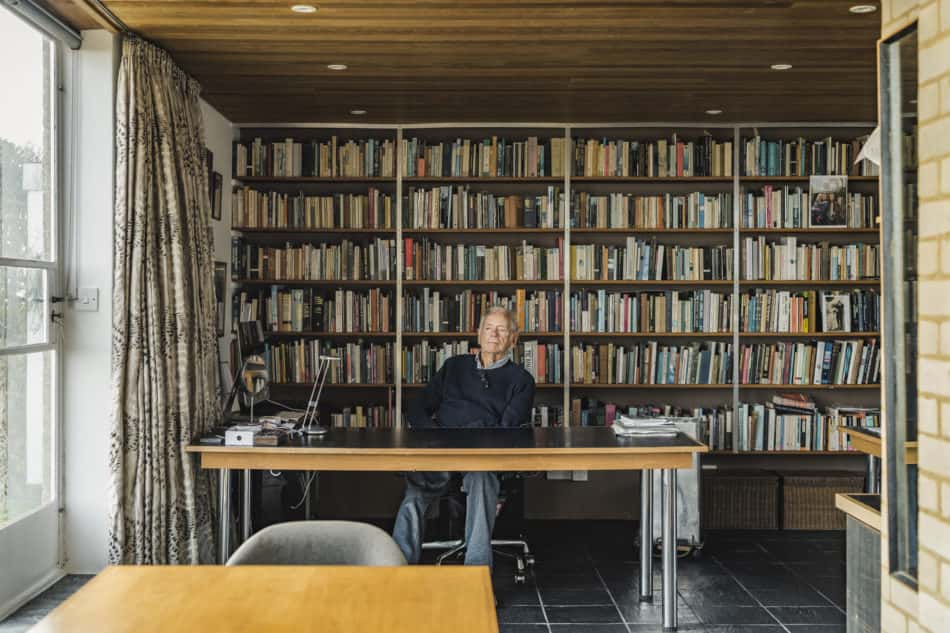
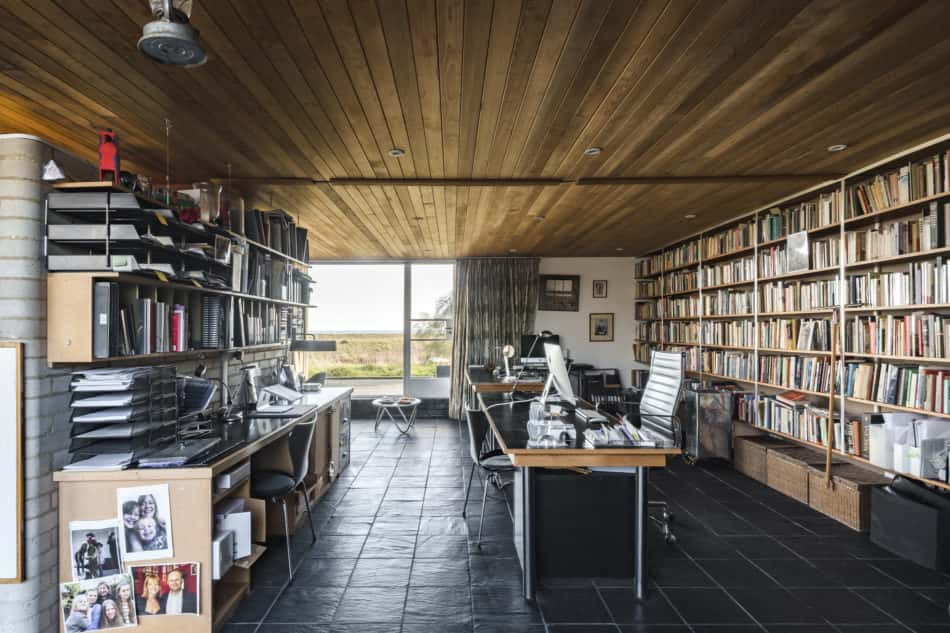
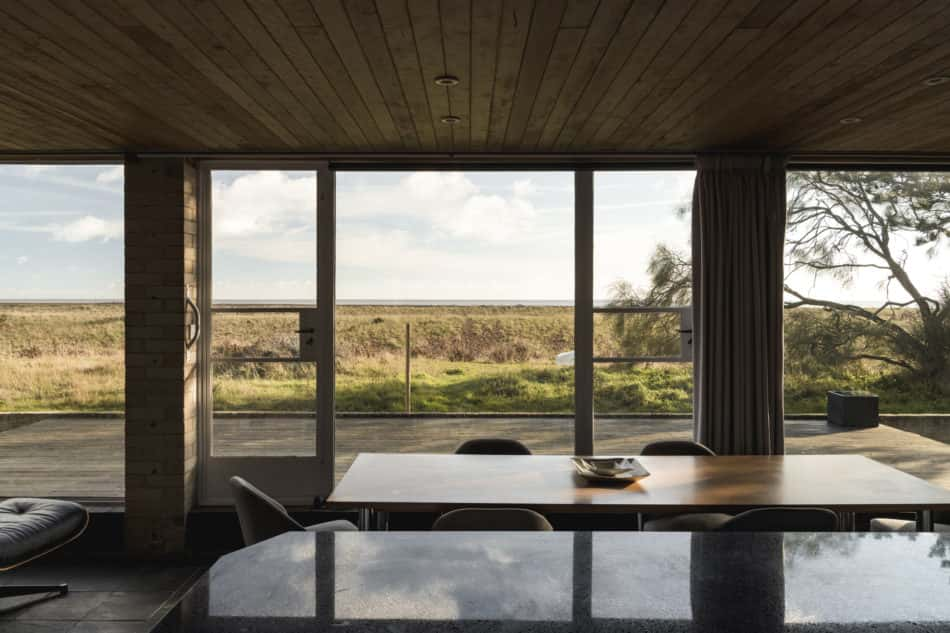
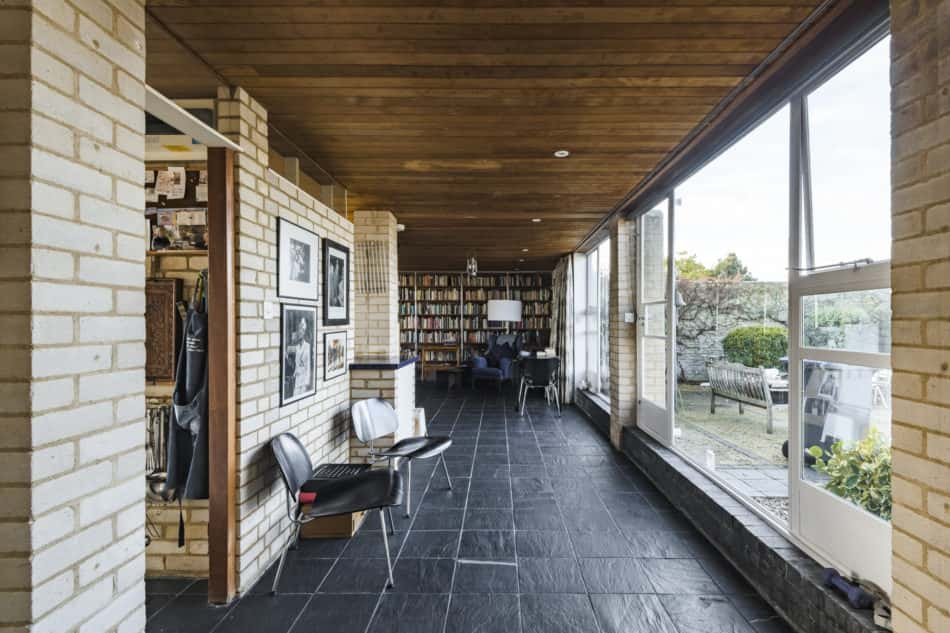
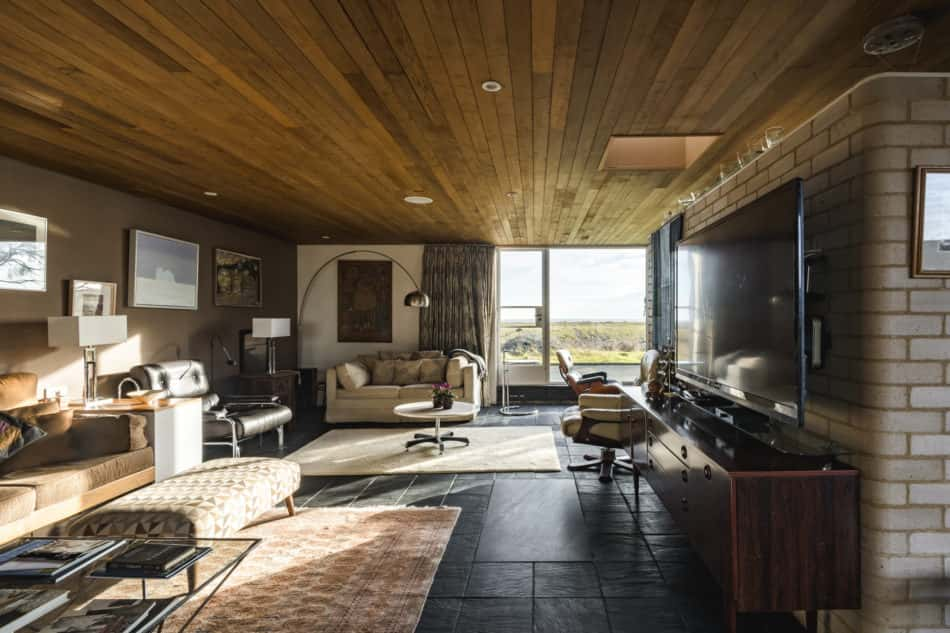
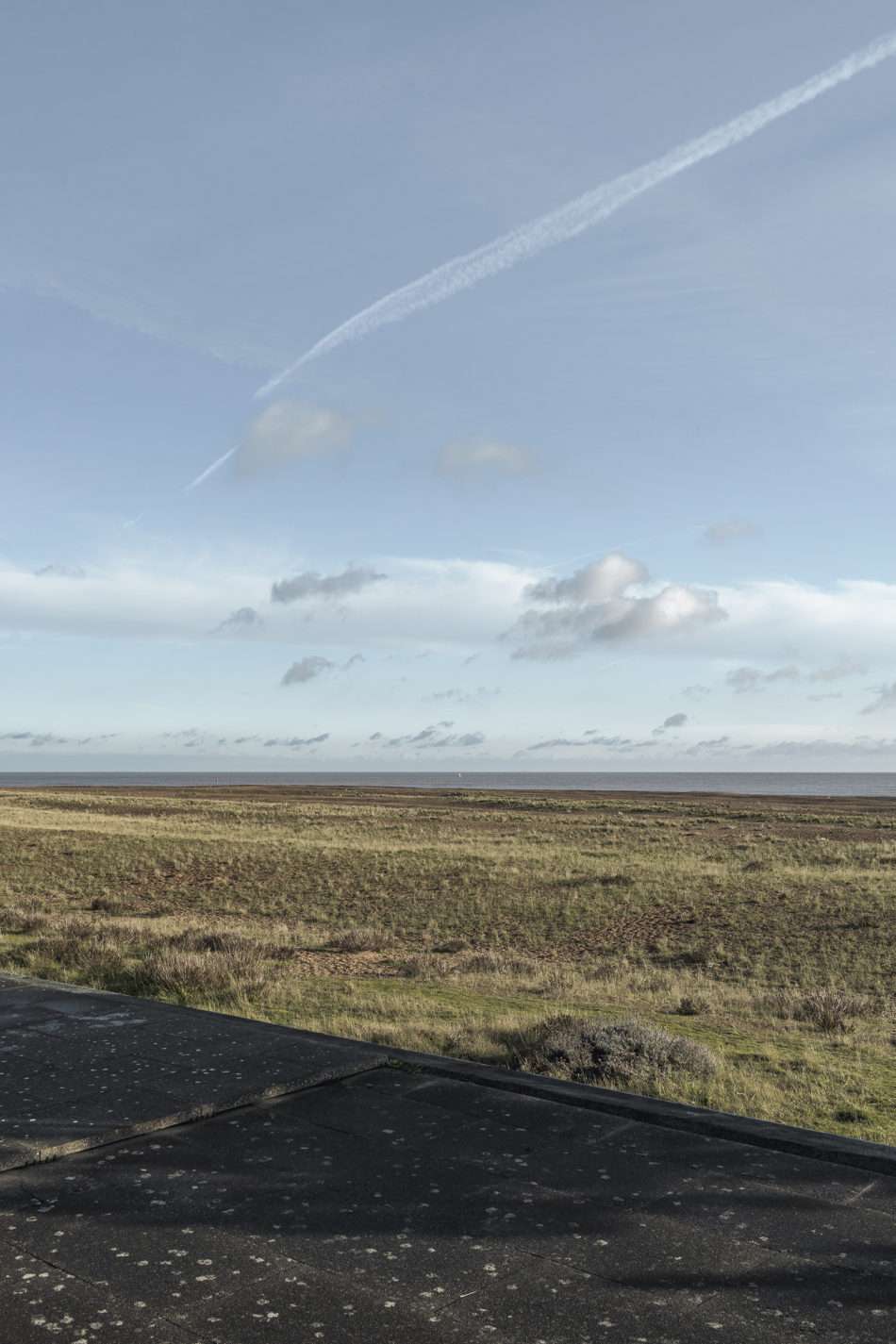
Our ‘Open House’ series provides a window into what life is like in some of the homes we represent ahead of their sale. Here, we talk to Anne and Bruce Page at their 1970s home by the sea in Suffolk, which was designed by the great Modernist architect John Penn.
Anne: “The first time we came to Shingle Street was May Day 1972. I remember that it was very hot, and our daughter was a newborn.
“Our neighbours in Islington, who still own the same house here, suggested that we might like to come as they were going elsewhere. We found that it was absolutely heavenly. I can recall the beautiful sunshine even now – lovely.
“It was a revelation for the south of England. I had been living in South Africa. When I told people that Shingle Street reminded me of Cape Town, people thought of Table Mountain, and said: ‘but Suffolk is as flat as a pancake’.
“But it’s the sense of scale, the enormous sky and the light that reminds me of South Africa. The light here is, of course, special, so loved by Constable and everyone else.
“After our first visit we came for a couple of holidays. Then, in 1979, we came here for the month of August. I think that’s when we really fell in love with Shingle Street.
“After that we came every year for the entire school holidays.
“The children had great summers here, sailing, swimming, picnicking by the rivers, the sea and Bawdsey beach. The fresh breezes washed away all London fears of foul air quality, with lead poisoning and what not.
“The idea of buying this house took hold in those years: were it to come on the market, we would buy it.
“We had stayed in several houses here over the years, but not this one, despite admiring it as we walked up and down the coastal path.”
Bruce: “There was only this seafront half of the house, at that time. With a smaller, detached block on the garden side.”
Anne: “But it was one of the few houses at Shingle Street that was inhabited throughout the year.
“In those days, there was still an American air base nearby, and a teacher at the base owned this house. When the Cold War ended and the base closed, he was deployed to another American base in the far Pacific, so was in a bit of a rush to sell.
“We were therefore able to buy the house in 1992, 20 years after we had first started coming here.”
Bruce: “But the house was quite different in those days.”
Anne: “Well, yes, and I’m not sure we realised how different until we bought it.”
Bruce: “We bought it as John Penn had designed it, nothing had been changed.
“There was electric underfloor heating, which was installed when the house was first constructed. It was a pioneering idea at the time, but it wasn’t working, meaning we couldn’t be here in winter. So, we had to sort that out, to be here all year round.
“We also united the two living blocks with a new corridor and incorporated the two garages to make one unified three-bedroom house.”
Anne: “John Penn was still alive when we did that, so he advised Bruce on the design of the work. His firm counsel was to keep things simple, which we did.”
Bruce: “A lot of the charm of this house is indeed the simplicity of its construction. It sits on a concrete raft with screed above it, and has simple pillars, big wooden beams and simple Crittall windows. It’s straightforward, but robust.”
Anne: “One day, when the work was all done, John came to lunch with an old friend of his who knew the house from when it was first built. I remember she asked John, ‘Well, what do you think?’ He was stammering, wanting to say, ‘I don’t know’. But she interrupted: ‘Oh, come on John! It’s so much more comfortable!’
“And he had to admit we had made it more liveable, which was a nice seal of approval.
“He was thrilled when the fashion designer Margaret Howell, who has a Modernist house nearby, and who is now a dear friend, approached us to ask if we would allow a Japanese writer to visit. She would interview us for a book being written, in Japanese, for Margaret’s many fans there, about her favourite things, one of which was this house.
“Then Margaret worked with John preparing an exhibition of his architectural drawings at her Wigmore Street gallery.
“He was tickled to bits to think at age 85 or so, that people were paying attention to his early work, which he loved. Sadly, he died shortly before the opening.”
Bruce: “Our life here has been ideal in many respects. Books are very important to me. You need a lot of space for a serious library, and if you want to be able to use it, you need a large room.
“I’m a writer, and it’s a good house to write in. Writing is indoor work, but this house has a strong sense of connection with the outdoors, no matter the weather.”
Anne: “For me, the access to the outside – through the garden at the back and onto the beachfront – is terrific. We have a minimalist garden because I’m not a great gardener – I just like being outside. I eat and read outside, swim each day in the summer, walk for miles in either direction. That has been a tremendous part of being here.
“You come to live here because you like being by the sea and in the countryside, and you don’t want to be enclosed even by a village. Shingle Street with its 24 houses isn’t a village: there is no commerce here at all. Even the disused phone box is now our lending library!
“We will miss the sea, definitely. And the sense of space, light and elbow room … it’s quite hard to find that in London, where we are returning, to be near family. The light we’ll miss too; it’s very particular.
“We’ll be back for sure. I’m happy that there are still homes to rent. It means we can again be here for holidays, as before.”
